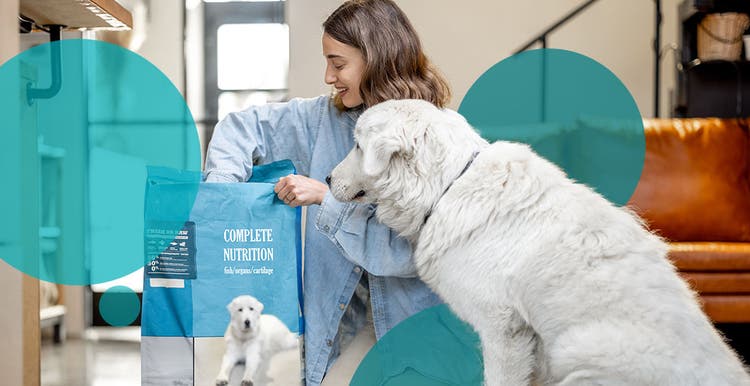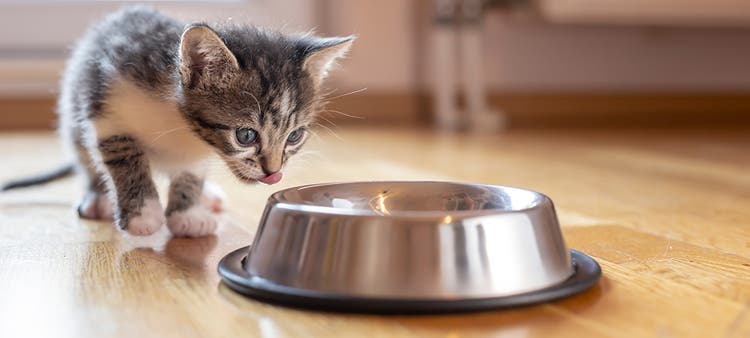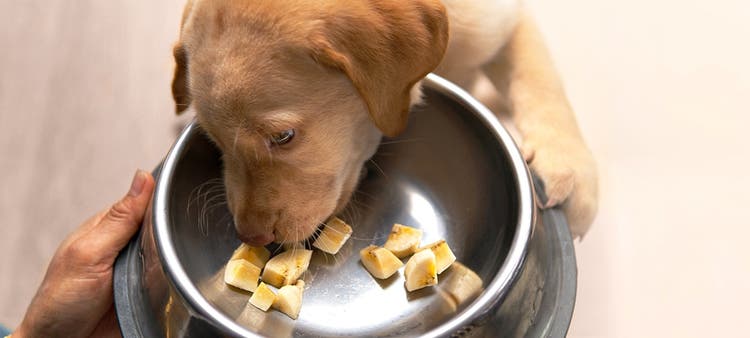Which food is best for your pet?
The many choices in the pet food aisle can be overwhelming. You want to feed your pet the best food possible, but with all the hubbub surrounding grain-free food and other specialty diets, you may find yourself asking, “What should I feed my pet?” By understanding the pros and cons of today’s pet food trends, you can make the best choice for your pet’s nutritional needs.
Grain-free Food
Popular pet diets usually follow the latest human nutrition trends, and the grain-free food movement is no exception. The popularity of low-carb and gluten-free human diets has led pet food manufacturers to market grain-free options for cats and dogs, too.
While there are many different brands and varieties of grain-free cat food and dog food, these diets tend to share some commonalities:
- No corn, wheat, rice or other grains
- No soy products
- Increased use of legumes such as peas and lentils, or starches such as potatoes
Pros
Interestingly, grain allergies are very rare in cats and dogs, and there is little to no scientific evidence to support any benefit from feeding a grain-free diet to healthy animals.
Cons
On the other hand, feeding pets a grain-free diet long term comes with concerns regarding their health. The Food and Drug Administration (FDA) is currently investigating the increased prevalence of heart disease in dogs eating grain-free food. At this time, the link between grain-free food and heart disease is not fully understood, and more research is being conducted to determine if there is a direct correlation.
Limited-ingredient and Novel-protein Diets
Limited-ingredient pet foods may rely on only one protein, carbohydrate or fat source, or they may simply have fewer ingredients than other pet foods. Novel-protein diets, on the other hand, contain less-mainstream protein sources. Limited-ingredient and novel-protein diets are sometimes used for pets with food allergies or other food-related illnesses.
Pros
For pets suffering from food allergies, avoiding the ingredients that trigger a reaction and replacing them with new ingredients may help. These diets rely on less common proteins, such as:
- Lamb
- Salmon
- Venison
- Duck
- Rabbit
It’s important to remember that treats and other items you also feed your pet shouldn’t contain the ingredients responsible for their issues. Many companies make hypoallergenic treats that can be used with these diets.
Cons
Dogs and cats without these health conditions likely will not see any benefit from a limited-ingredient or novel-protein diet. Keep in mind that having fewer ingredients doesn’t necessarily mean that the diet has a higher nutritional quality — it ultimately comes down to the quality and balance of the ingredients and the quality control processes used during manufacturing.
Prescription Pet Food and Veterinary-exclusive Diets
Prescription veterinary diets come in many varieties and are intended to help manage various medical conditions. Common illnesses that can be managed through diet include allergies, obesity and arthritis, among others.
Pros
Prescription diets have different blends of ingredients than standard pet foods and typically have more research and testing behind them. These pet foods are often tested in clinical trials to prove that they are beneficial for pets suffering from the diseases they claim to treat. In fact, many of these diets can be used to reduce or eliminate the need for medication in the form of pills or shots.
Cons
These diets are more expensive and may require a prescription from a vet. While some may be found at a pet store, your best bet is to find them at your veterinarian’s office.
Homemade Pet Diets
Rather than sorting through all the pet food options available at the vet, specialty pet stores and online, some pet owners consider making their pet’s food themselves.
Pros
Making home-cooked meals for your dog or cat can help you feel like a more engaged pet parent, taking more ownership in your pet’s nutrition and health. Pet owners often enjoy adding variety to their pet’s food with fresh ingredients, too.
Cons
Homemade diets take a lot of time to prepare and they are difficult to manage correctly. Healthy cat or dog food must be complete and balanced, and therefore must contain:
- Correct ratios of protein, fat and carbohydrates
- Appropriate vitamin and mineral balance for the pet’s life stage
- Adequate caloric content to maintain a healthy weight
Feeding a diet that is not complete and balanced long term can be detrimental to your pet’s health. If you’re considering feeding your pet a homemade diet, it’s important to have the recipe evaluated by a board-certified veterinary nutritionist to ensure it contains all the nutrients your pet needs.
Bottom Line: Do What’s Best for Your Pet
Specialty or trendy diets may seem like the perfect fit for your furry companion, but it’s important to separate the facts from the marketing. Every pet is different, and there is no single diet that works for everyone. Your veterinarian is your best resource for dietary recommendations based on your dog’s or cat’s individual needs.
Related Articles

Puppy Parenting: Our Downloadable Guide
New puppy? Whether this is your first go-round or your fifth, we know that so much goes in to raising healthy, happy pups. Check out our free guide, also available to download!

New Cat or Kitten: Our Downloadable Guide
Thinking about adding a feline to the family? There are so many emotional, social and physical benefits to owning a cat. Check out our free guide, also available to download!







